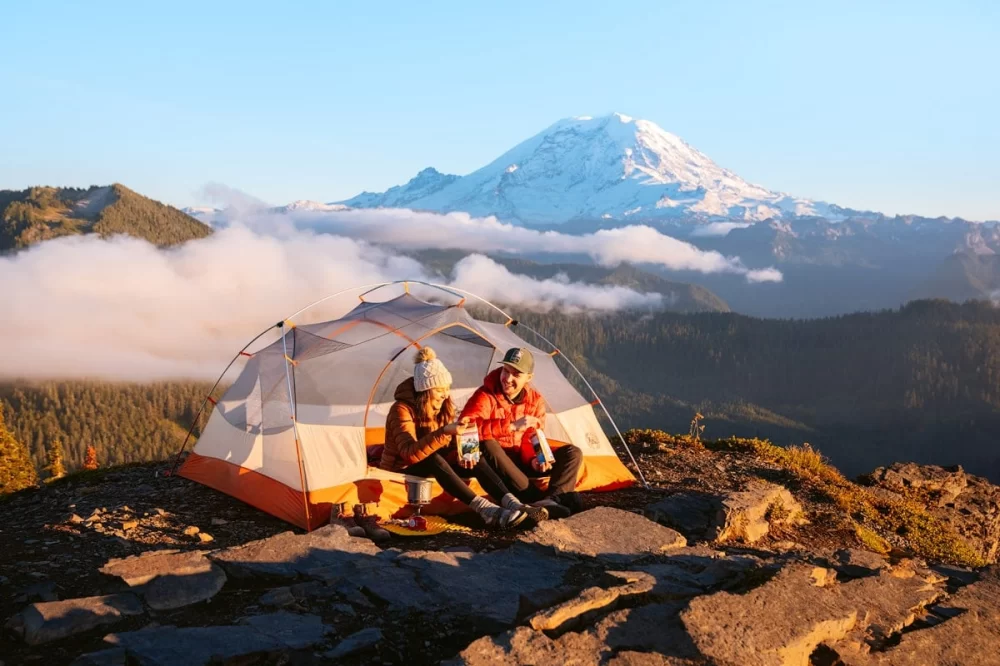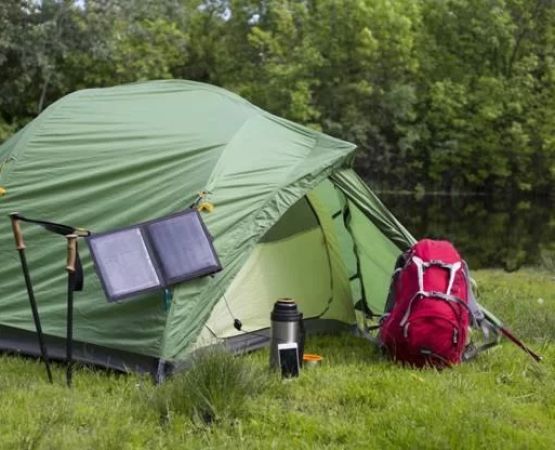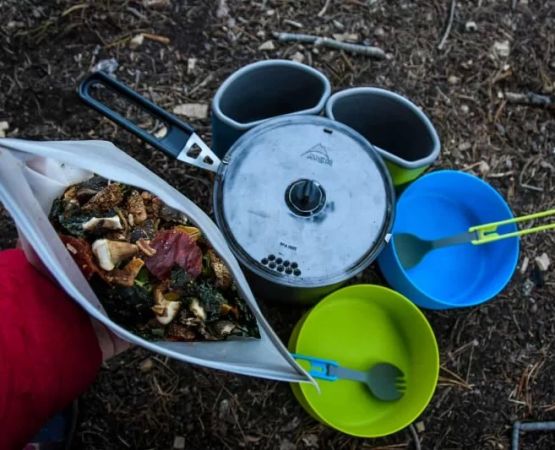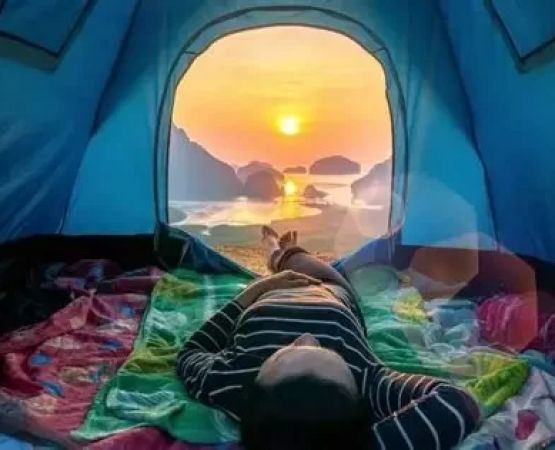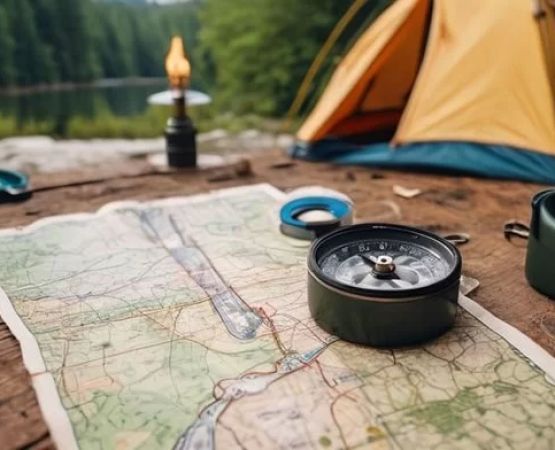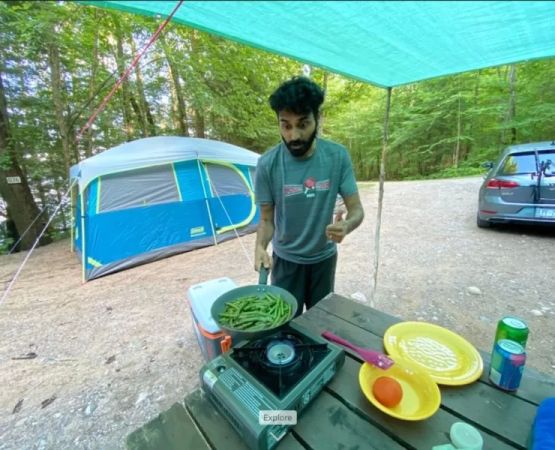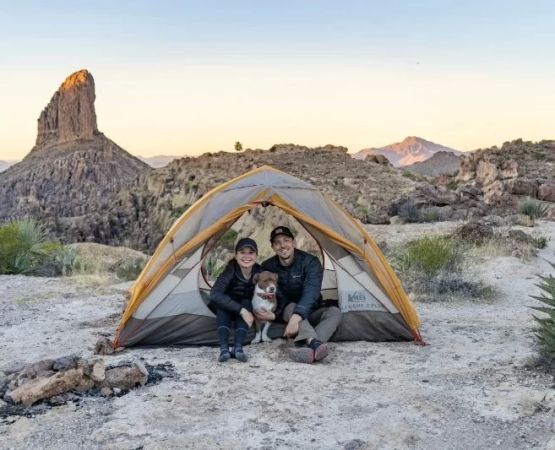Planning a Camping Trip with Multiple Destinations
When it comes to camping, the possibilities are endless, especially when you plan to visit multiple destinations. The idea of hopping from one beautiful camping site to another is incredibly exciting, but it can also be overwhelming if you don’t plan properly. Whether you're looking to explore national parks, hike scenic trails, or enjoy serene lakeside views, planning a multi-destination camping trip requires thoughtful preparation to ensure everything goes smoothly. Let me walk you through the process step-by-step, sharing my personal tips and experiences that will help you plan the perfect adventure.
1. Choosing Your Destinations
The first step in planning a camping trip with multiple destinations is to carefully select the locations you want to visit. When deciding, think about what kind of experience you're after. Do you want to visit national parks, explore remote forests, or set up camp by a lake? The diversity of the United States offers a wide range of options, from the Rocky Mountains in Colorado to the forests of the Pacific Northwest, or the deserts of Arizona.
Personally, I love combining different landscapes in one trip. For instance, I once planned a trip that started in the Yosemite National Park, then took me to the Grand Canyon, and ended in the Great Smoky Mountains. Each destination offered a unique experience, and it was a great way to immerse myself in nature’s vast beauty.
2. Mapping Out Your Route
Once you have your destinations selected, the next step is to map out your route. This is one of the most crucial parts of planning a multi-destination camping trip. It’s essential to consider the driving distance between campsites, as well as the time it will take to get there. You don’t want to spend your entire trip driving and miss out on the beauty that each location has to offer.
Use a reliable map or GPS app to estimate the distance between destinations and identify potential rest stops along the way. For example, if you're driving from California to Arizona, you might want to stop at a few points of interest like Route 66 or the Hoover Dam. I recommend leaving some flexibility in your schedule, just in case you want to explore a bit longer or take an unplanned detour.
3. Booking Campsites in Advance
One of the most important aspects of camping is securing your campsite. Many popular destinations, especially national parks, require reservations in advance, especially during peak seasons. Make sure to check if the campsites you’re interested in require booking, and do so as early as possible to avoid disappointment.
For example, when I visited Yosemite, I learned the hard way that campsites fill up fast. I ended up reserving my spot months in advance, and it was worth it! Booking ahead also gives you peace of mind, knowing you’ll have a place to camp after a long day of hiking and exploring. If you're flexible with your plans, you can try finding first-come-first-serve sites, but make sure you have a backup plan.
4. Packing Smartly for Multiple Stops
When you're camping at multiple destinations, it’s essential to pack efficiently. You’ll need to bring enough gear for the entire trip, but also make sure it’s manageable and practical for moving between campsites. My rule of thumb is to pack only what you truly need, as carrying extra weight can slow you down.
Start by making a checklist of essential camping gear, including your tent, sleeping bag, cooking equipment, food, and water. If you're camping in colder areas, make sure to bring warm clothing and layers. For longer trips, I recommend packing in a way that’s easy to transport from one campsite to another. Use durable containers and backpacks to keep your belongings organized and prevent damage on the road.
5. Preparing for the Unexpected
It’s always important to be prepared for the unexpected during your trip. Weather conditions, road closures, and even wildlife encounters can change your plans quickly. I remember a time when I was camping in the Utah desert, and a sudden rainstorm rolled in. My tent wasn’t set up properly, and I had to scramble to adjust it. Thankfully, I had a rain cover, but it taught me the importance of preparation.
Before your trip, check the weather forecast and ensure you're ready for any potential changes in climate. Additionally, keep a first-aid kit, extra food, and a map of alternative routes in case something goes wrong. Being adaptable and prepared will help you stay calm and enjoy the experience, no matter what challenges arise.
6. Enjoying the Journey
Ultimately, a camping trip with multiple destinations is about enjoying the journey. Don’t rush through it just to reach the next location—take the time to soak in the natural beauty around you. Spend an afternoon by a lake, or enjoy a sunrise from the top of a mountain. Each campsite offers its own unique charm, and it's important to savor those moments.
On my own multi-destination camping trips, I've learned that some of the best memories are made when I take a moment to simply appreciate the surroundings. Whether it’s watching a sunset over the Grand Canyon or hiking through dense forests in Oregon, these are the experiences that truly make camping memorable.
7. Additional Tips for a Successful Camping Trip
Here are a few extra tips to ensure your multi-destination camping trip goes smoothly:
- Plan meals ahead: Plan easy-to-make meals that are lightweight and non-perishable. Consider cooking on a campfire or portable stove to save space.
- Stay connected: While you may be in the wilderness, it’s still important to have a way to communicate in case of an emergency. Bring a satellite phone or a portable charger.
- Leave no trace: Always clean up after yourself and respect nature. Leave the campsite as pristine as you found it.
With these tips, your multi-destination camping trip is sure to be an unforgettable experience. By planning ahead, staying flexible, and embracing the journey, you can create the ultimate outdoor adventure across the United States!

